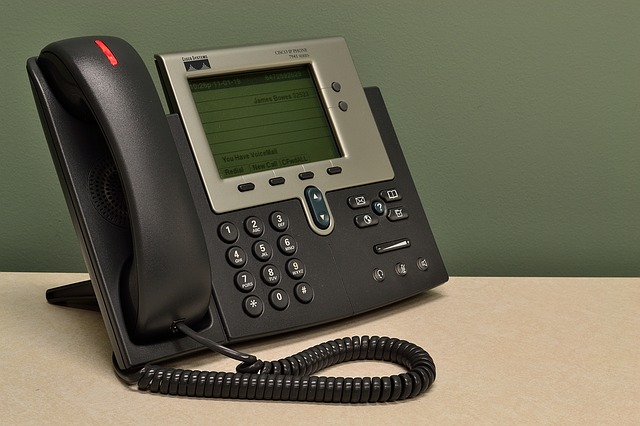When considering communication options for your healthcare operations, don’t dismiss the convenience of voice mail. Although voice mail may not be suitable for all patient-facing communication situations, it does offer many compelling advantages in the right scenarios.
Voice mail offers attractive benefits that can’t be overlooked. Consider these as you plan the optimum solutions to meet your communication needs. Voice mail just might be the missing element to your ideal communication strategy.
Consider these benefits of voice mail:
Cost-Effective Solution
Voice mail is a technology-based communications service. It doesn’t rely on the labor-intensive service inherent in personnel-based solutions. This means that communication using voice mail systems costs much less than using people-base services. As an automated software-based solution, voice mail provides an effective means to communicate, and to do so at the lowest cost.
24/7 Availability
Voice mail is also available 24-hours-a-day, seven-days-a-week, 365-days-a-year. Voice mail doesn’t take vacations, go on break, or call in sick. Voice mail is always available, around the clock. And in today’s society that expects healthcare providers to respond to needs whenever they occur, voice mail is a solution for people regardless of when they decide to call.
Feature-Rich Options
As a technology-based communication solution, voice mail offers many feature-rich and highly effective communication options. These possibilities include greeting flexibility, such as auto attendant, call routing, and multiple announcements, along with message waiting notification, messages via email, and the option to connect to a person. And this last option brings up the next important benefit.
Complement Answering Service
Voice mail is a smart companion to live answering service. One popular option is to use voice mail to frontend your medical answering service. Let voice mail handle routine communication needs and answer FAQ-type questions without the need for human involvement. Yet any time callers want to, they can connect with your answering service for person-to-person communication.
Conversely voice mail is effective to backend your answering service. Your medical answering service staff can interact with your callers and then record your messages and other patient communication into voicemail. Once in voice mail, the system can smartly handle the delivery of those messages to you, when and where you prefer.
Communication Convenience
Voice mail also allows for the time shifting of communication. A significant portion of all telephone communication today doesn’t need to be done in real time. That is, two people do not need to directly talk to each other, but one can leave a message for the other person to retrieve later at his or her convenience. This serves to minimize work interruptions and increase employee efficiency.
Though many patients prefer the personalized assurance of talking to another person about their healthcare situation, this isn’t always necessary. Voice mail can fill the need by providing effective communications when callers don’t need to talk to another person.
Carefully consider the communication requirements of your facility, hospital, or practice, and see if voice mail is a solution that best fits your needs.
Learn more about voice mail from MedConnectUSA and get a free quote to find out just how affordable their critical communication services are. Peter Lyle DeHaan is a freelance writer and call center authority.





